This week has been extremely important for the apple community. We got to see this year's first conference called WWDC 2020, as earlier events were canceled due to the global pandemic. In any case, WWDC did not take place traditionally either, but was entirely broadcast over the Internet. As is already a tradition at Apple, on the occasion of the opening Keynote, we saw the presentation of brand new Apple systems. In this direction, macOS has earned a lot of attention.
It could be interest you
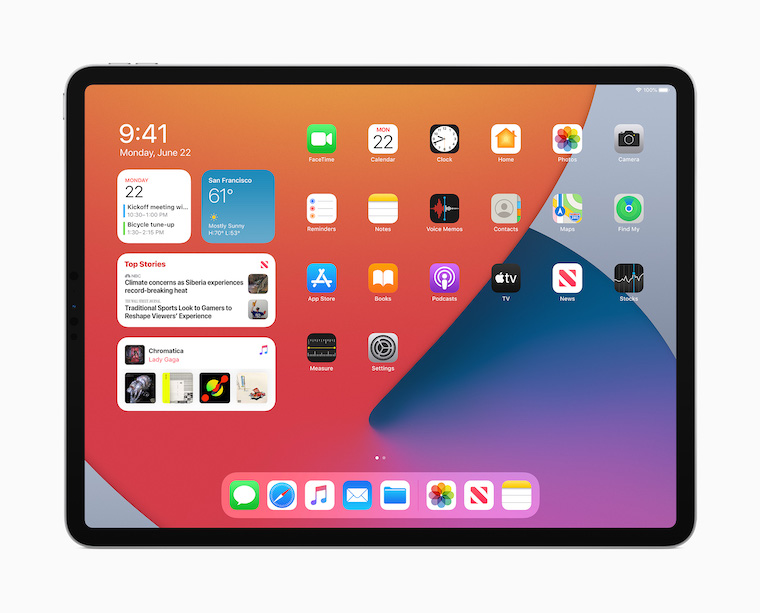
It is no coincidence that the saying "The best last" applies. We could see exactly this during the aforementioned Keynote, which Apple closed with the presentation of macOS 11 Big Sur and the Apple Silicon project. The Californian giant has prepared great news for us. With this system, we could see some of the biggest changes since Mac OS X - at least that's what we could hear during the presentation itself. Although we won't see the full version of the system until October, we can already download the first developer beta version and start testing it ourselves. And what rating does macOS 11 Big Sur deserve after a week of use? Is this really such a revolution between systems, or are these only minor changes that we can wave our hands over?
Design, or a step forward or a Mac from carousels?
Before we look at the specific changes between the apps, we'll have to break down the design differences themselves. The new macOS 11 Big Sur is simply different at first glance. It's more alive, it's more cheerful, it's more beautiful, and without a doubt, it can be described as visually stunning. Of course, not everyone may agree with this statement. Apple has recently brought Macy a long way closer to iPadOS, which many users don't like. According to them, macOS 11 doesn't seem serious enough and may remind someone of some obscure Linux distribution that plays on a mess of Apple systems. In this case, the point of view is very important.
At first glance, we can notice the new Dock, which resembles the aforementioned iPadOS. A control center was also added, which again copies something that we have known from the iOS and iPadOS systems for several years. With this step, Apple is undoubtedly trying to bring its systems closer together and thus make it easier for users to navigate the Apple ecosystem. In my opinion, this is a great step that will benefit especially new apple growers. The center of the ecosystem is without a doubt the iPhone, which can be described as very easy to operate and we can quickly get used to it. An Apple phone owner may sometimes start thinking about buying a Mac, fearing that the transition from Windows will be difficult and difficult to manage. But Apple definitely scored in this direction.

It is the bringing together of all systems that makes a lot of sense to me. When we look at the Apple ecosystem in general and independently, we find it so cohesive and user-friendly. In addition, the macOS operating system has not undergone any design changes for a long time - at least not to this extent.
Another copy from iOS
I consider the iOS operating system to be very reliable and I would find few complaints about it. It is therefore not surprising that Apple was inspired by it and transferred many of its functions to macOS 11 Big Sur. In this regard, we can mention, for example, the native Messages application, Control Center and redesigned Maps, the use of which unfortunately does not make much sense in our region.
News, or we got what we wanted
The native Messages application, which is still relatively outdated in Catalina, has undergone a huge transformation and can only deal with basic matters compared to the mobile version. If you have read article about the things we expect from macOS 11, you certainly didn't miss the mention of the new news. And Apple gave us exactly what we wanted from it. Thanks to a project called Mac Catalyst, which allows developers to convert applications from iPadOS pixel by pixel to macOS, Messages, which we can recognize from the mentioned mobile devices, have arrived on Macs. However, this application has not undergone a change only on Apple computers. When we look at the expected iOS 14, we find a few more novelties. The ability to reply to a specific message and improved group conversations are definitely worth mentioning.

But let's go back to the version for macOS. In it, we could only send text messages, iMessage, images and various attachments. Following the example of iOS and iPadOS, our pleas were heard and we got a full-fledged version of Messages, for which we undoubtedly have to praise Apple. We can now send, for example, our Memoji, audio recordings and messages with an effect from the Mac. Of course, the aforementioned news from iOS 14 has also been added, i.e. the ability to directly respond to a certain message, improved group conversations and the ability to pin your favorite contacts, thanks to which you will always have them in sight.
A control center that unifies all settings
In the case of the control center, we will again have to first look at our iPhones for example. Using individual elements, we can make the most basic settings here, so we don't have to go to Settings every time we need to turn on WiFi. The same is the case with macOS 11 Big Sur, where in my opinion the control center will find even more use. In addition to the fact that we can control a number of matters through the mentioned center, we can also save space in the upper menu bar. When using macOS 10.15 Catalina, I had icons for managing Bluetooth and sound in the top bar, which unnecessarily took up two places, and the bar itself seemed overcrowded when using multiple utilities. But since I now have access to every item mentioned through the regular Control Center, I could simply put them away and let the minimalism that macOS itself offers stand out.
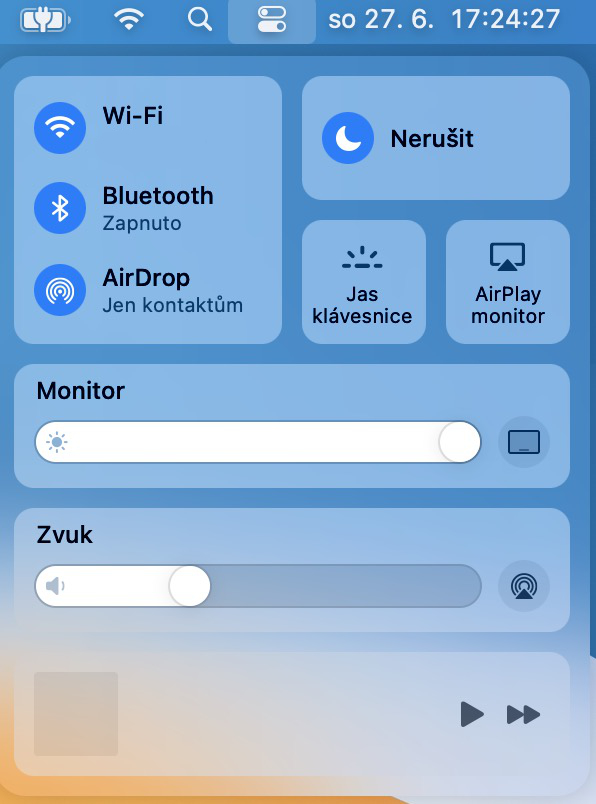
What is even in the control center? Specifically, these are WiFi, Bluetooth, AirDrop settings, monitor settings, where we can set, for example, dark mode, brightness, Night Shift or True Tone, sound settings, which refer to volume and output device, Do Not Disturb mode, keyboard backlighting, AirPlay mirroring and at the very bottom you will find the currently playing multimedia content, which can be, for example, a song from Apple Music, a movie on Netflix or a video on YouTube.
Safari is always moving forward and won't stop
Speed
Across the Apple community, the most popular browser is undoubtedly the native Safari. If you're not a tester or developer and you're working on a device with the macOS operating system, there's a huge chance you'll be using a solution from Apple. There is nothing to be surprised about. Safari itself is reliable, quite fast, and can handle just about anything except 4K video on YouTube.
But in Cupertino they decided that it was time to move it somewhere further. According to the Californian company, the native browser is now up to 50 percent faster than the rival Google Chrome, it will offer 3 hours more endurance when playing video and up to an extra hour when browsing the Internet. Of course, the speed directly depends on the speed of the connection itself, while the truth is that the browser can play a role in, for example, how fast a website loads for you. From my point of view, these numbers do not reveal much, and many sites today are fairly decently optimized for trouble-free operation. I honestly don't even feel like I feel any acceleration.
It could be interest you
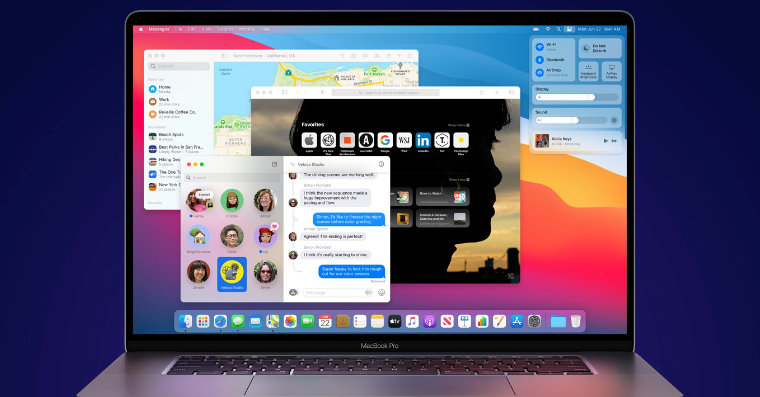
User privacy
But what I find very interesting about Safari is a step forward in the field of user privacy. Of course, it's no secret that Apple directly believes in the privacy and security of its users. An amazing new feature has just arrived in Safari, which we as users will love, but the operators of information portals will not be so happy about it.
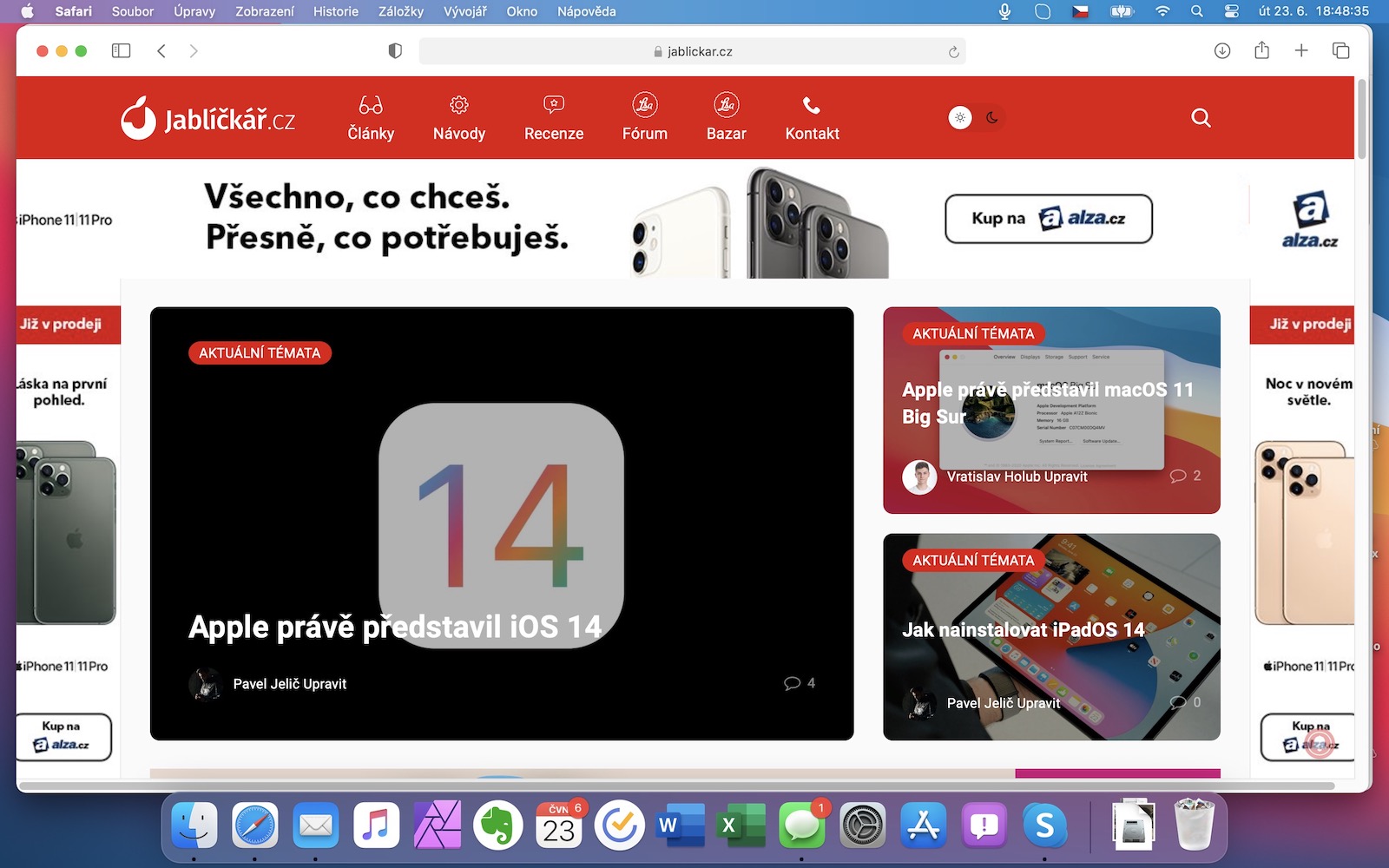
The browser can now automatically detect and block potential trackers. So if a website you visit tries to read more information about you, Safari will automatically check it. This is undoubtedly a great thing that will make you feel much safer. We can find this function right next to the address bar in the form of a shield, where we can also find out what trackers tried to follow us. But why should the function bother the mentioned operators? Every good administrator wants to keep traffic statistics to keep track of whether his project is growing or not. And this is exactly where we run into a problem. For keeping statistics, Google Analytics is probably the most popular solution, but Safari now blocks it, so you won't find yourself in the statistics of the websites in question. Whether that's good or bad is up to you.
A number of add-ons are headed to Safari
Are you not comfortable with, say, a clean browser, but you need to rely on a number of different extensions for your work, or you just want to improve? If you answered yes to this question, then Apple will definitely please you. Safari now supports the WebExtensions API, thanks to which we can look forward to a number of new add-ons that will be available directly through the Mac App Store. But of course, some add-ons can work against the user and abuse access to various data. In this regard, the Californian giant once again ensured it and took into account the privacy of its users. They will first have to grant access to the given add-ons, while we can set which websites the plugin applies to.
How extensions can work in Safari:
záver
The upcoming macOS 11 Big Sur operating system arouses various emotions. Some users are excited about the news and changes and are very much looking forward to the release of the final version, while others do not agree with Apple's actions. It is entirely up to you which side of the barricade you stand on, but it must be remembered that you should try the system first before criticizing it. Personally, I have to place myself in the first mentioned group. The system is generally happier and more user-friendly. I can also imagine new users finding it incredibly easy to navigate their Mac with this release. I have to give Apple huge kudos for Big Sur as it is a wonderful operating system that is pushing Apple computers back again and I wouldn't be at all surprised if it sets the trend in a few years.
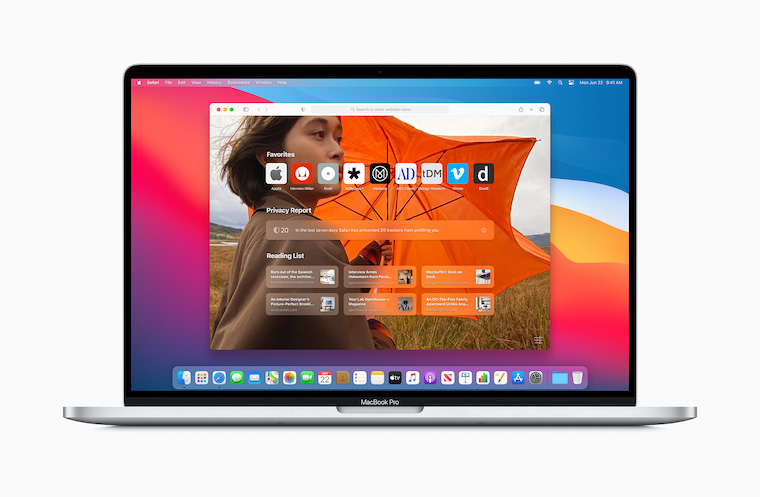
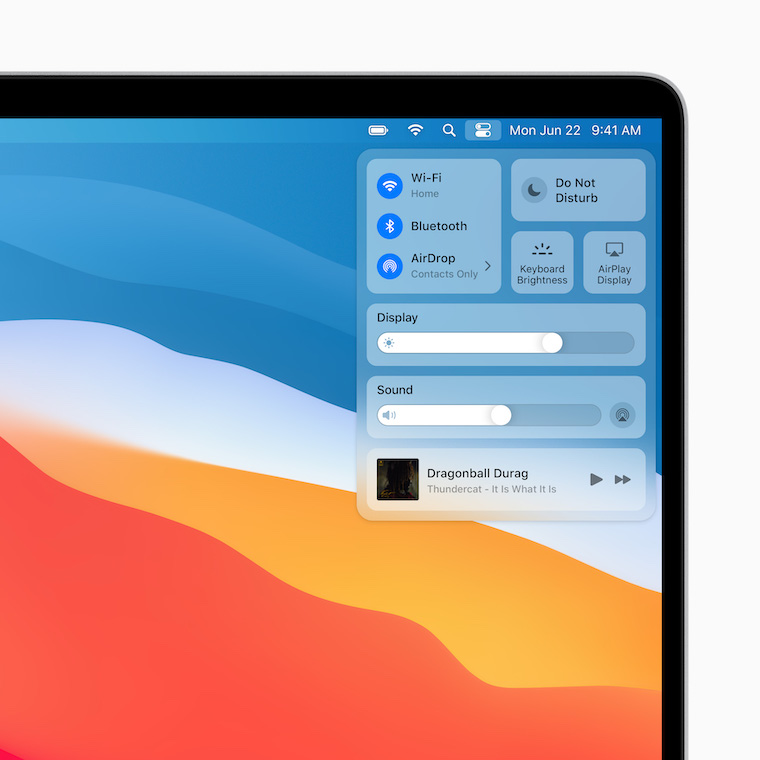
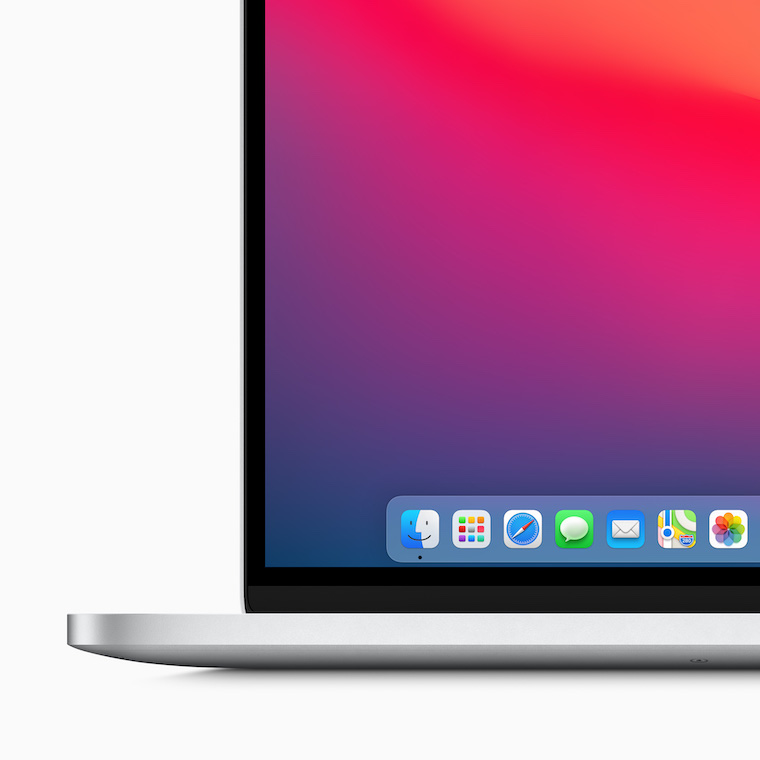
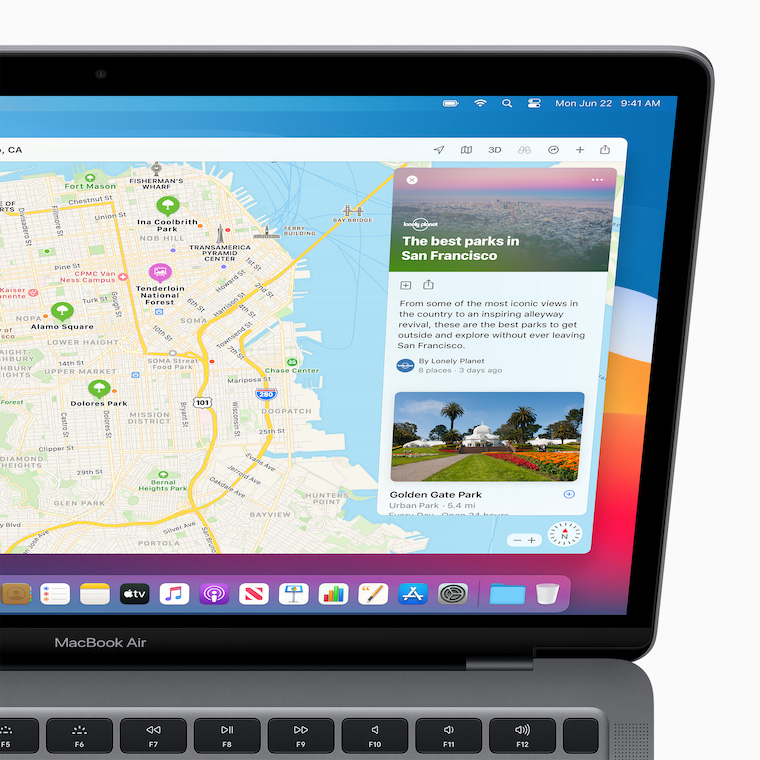
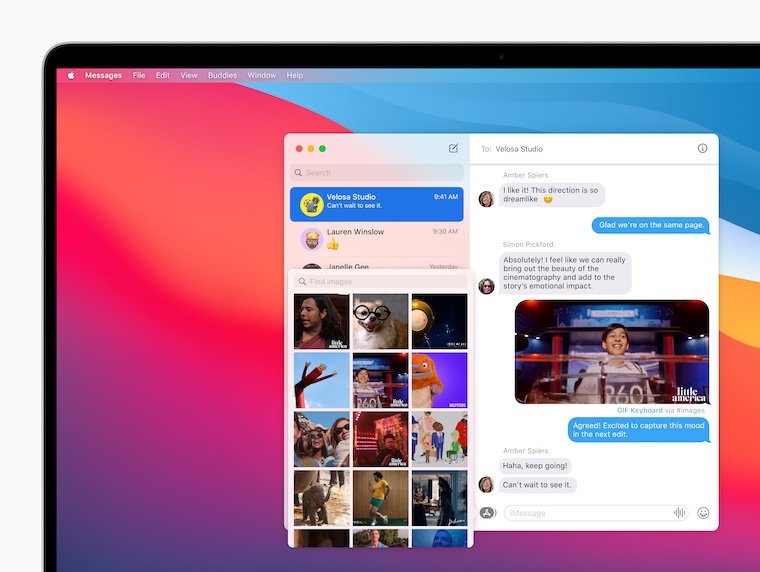
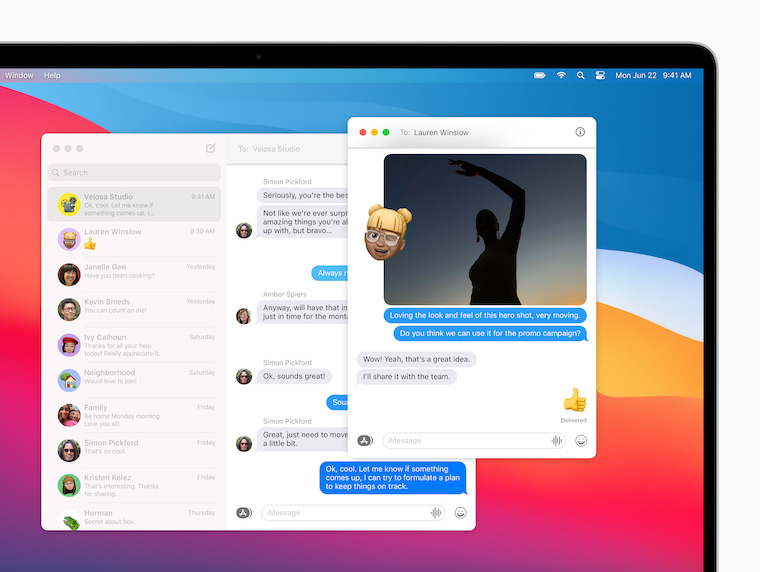
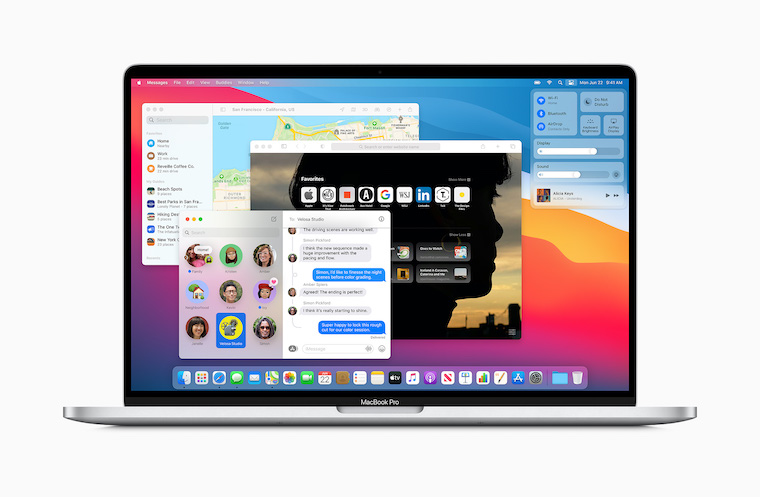
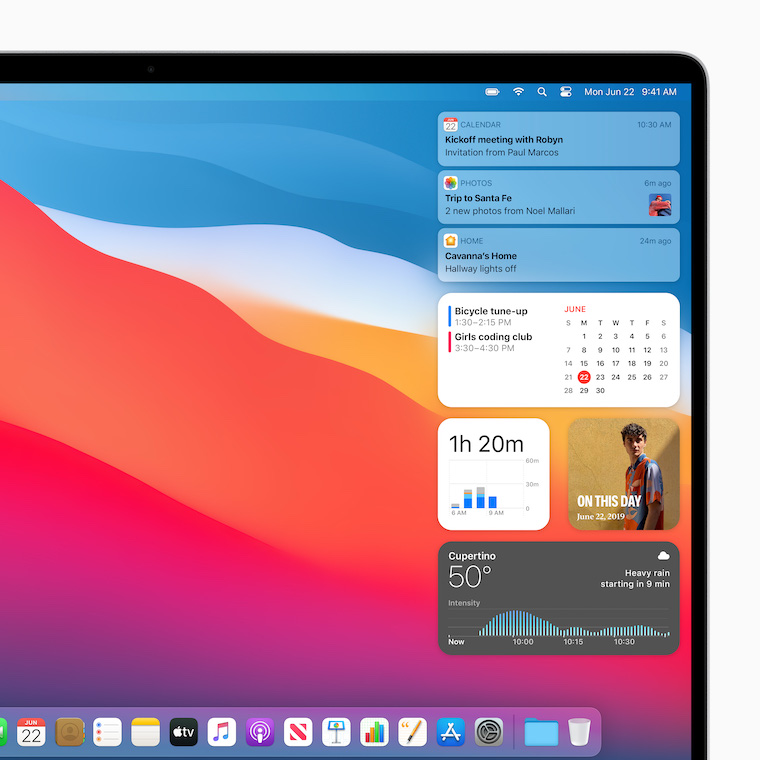
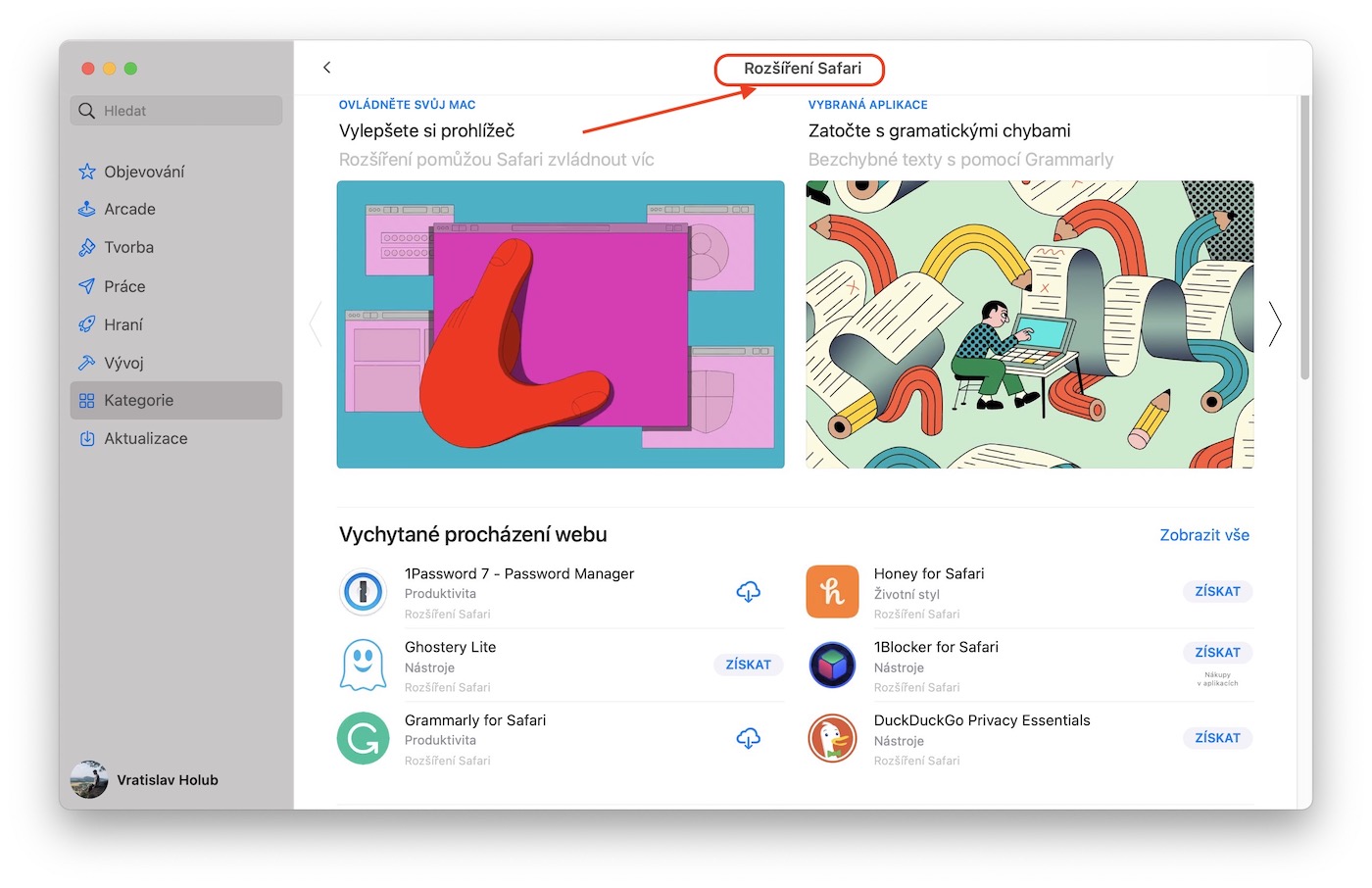
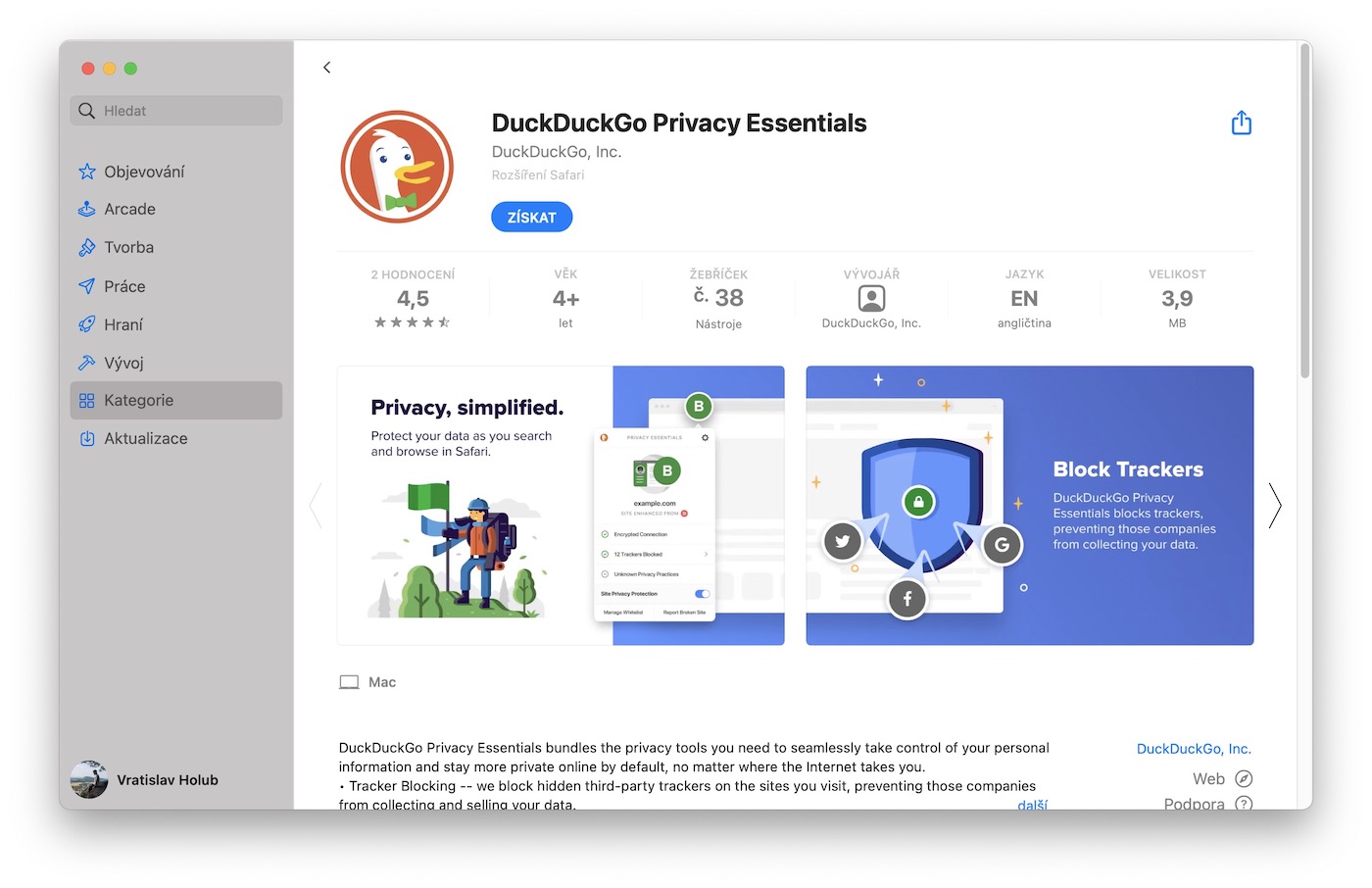
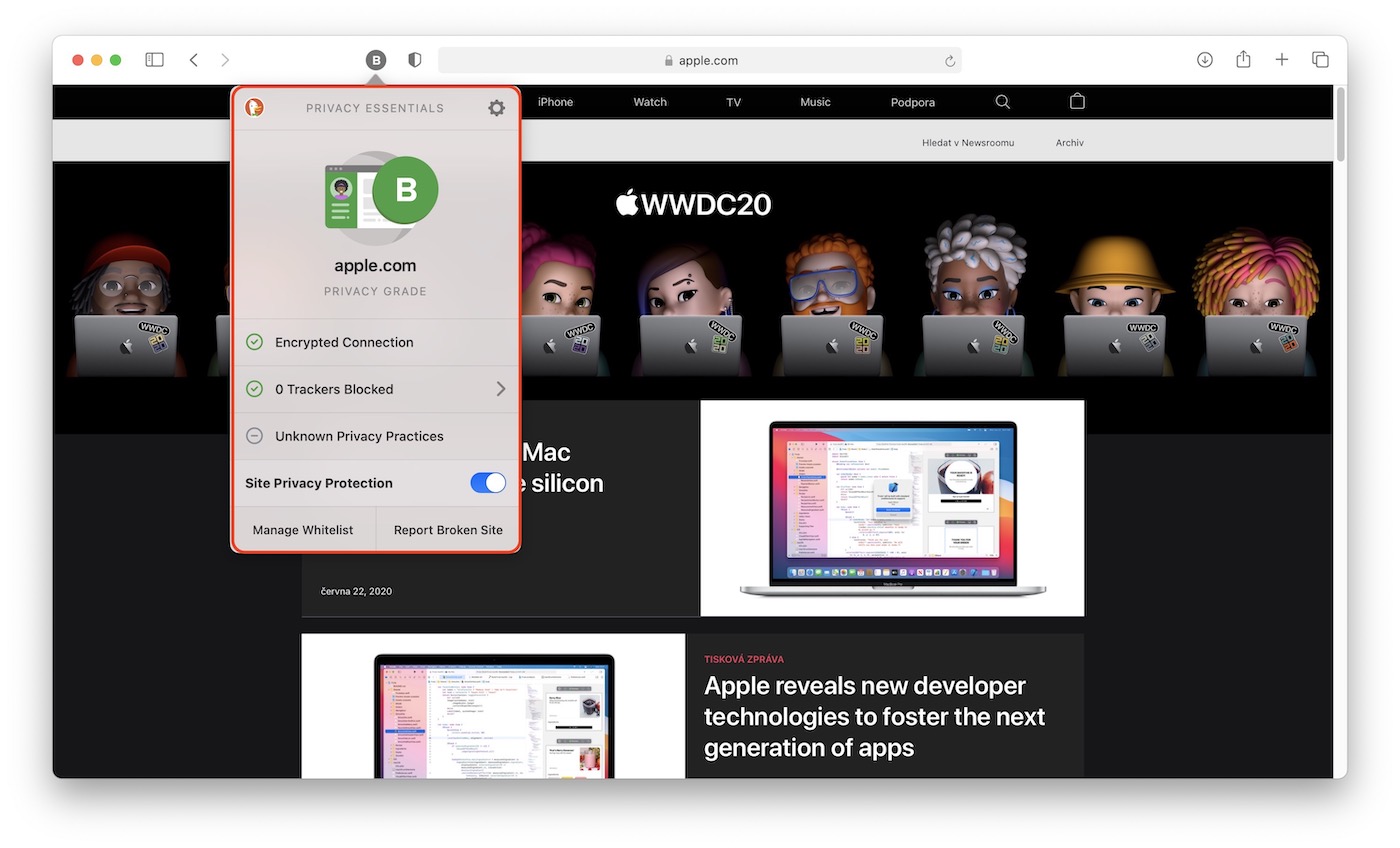
Yes, you're right, the system that sends apple computers back again... Chapu typo rejpu...?
In my opinion, they just downgraded computers between mobiles... Intel vs apple is the winner more than clear